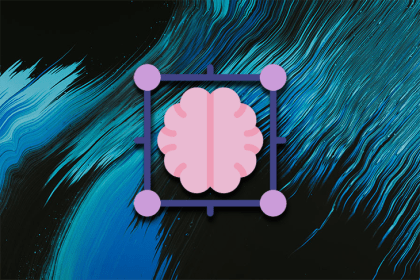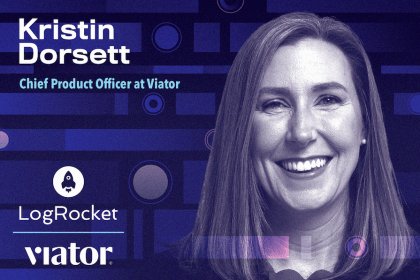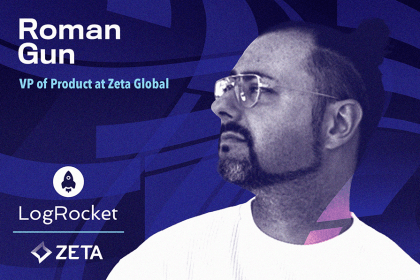
With dynamic pricing, the cost of a good or service increases as demand increases and can go up significantly depending on popularity.

YouTube saw an opportunity to join the transition towards short-form videos and released YouTube Shorts.

This article explores the huge gap between OpenAI’s ambition and the average user’s expectations, as well as the mistakes made in their strategy.

Kristin Dorsett, Chief Product Officer at Viator, talks about her job of putting her best people on the hardest problems.

Market research is the process of gathering information about potential and current customers and your target audience.

Product people tend to oversimplify the jobs-to-be-done framework by focusing only on the most straightforward part — customers’ functional jobs — and ignoring their emotional and social needs.

Roman Gun, Vice President, Product at Zeta Global, discusses his approach to formulating processes around the team’s goals and capabilities.

Continuous product design is an ongoing activity that loops between the design, prototype, test, release, and feedback stages.

Anjali Gurnani discusses the shift in emphasis on R&D as companies move away from growing at all costs to growing efficiently.

A niche is a clearly defined set of potential customers who share similar traits and needs that differentiate them from the overall market.

A stakeholder matrix is a chart that shows the levels of interest and involvement of particular people or organizations towards a product.

Gayathri Somanath, VP of Strategic Initiatives at Signifyd, highlights the importance of customer empathy throughout an organization.